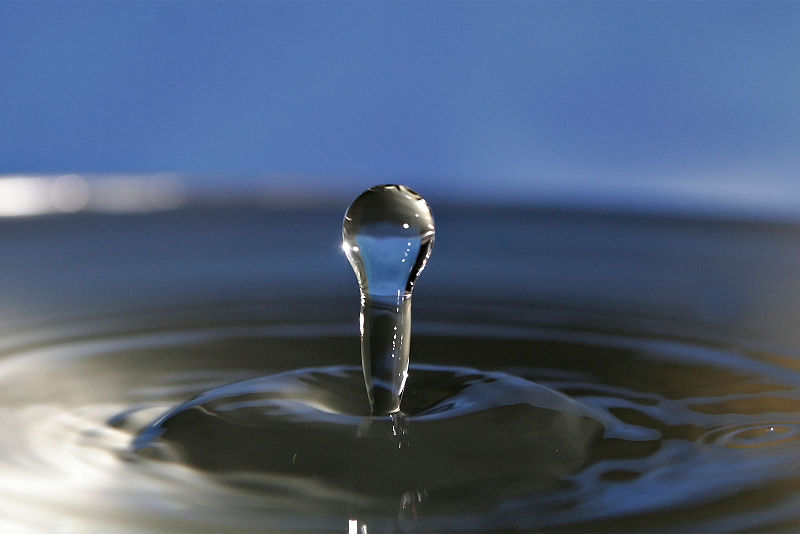
A new series of chemical reactions developed by American researchers has the potential to underlie a novel mechanism for splitting water into hydrogen and oxygen in a noncorrosive, nontoxic manner. This could lead to improvements in existing hydrogen gas production methods.
Scientists at the California Institute of Technology (Caltech), in Pasadena, published their findings in a paper called “Low-temperature, manganese oxide-based thermochemical water splitting cycle,” which appears in the latest online issue of Proceedings of the National Academy of Sciences (PNAS).
Splitting water is one of the main ways to produce hydrogen and oxygen. The process has been applied for many decades, and holds great promise for enabling the exploration of other worlds. However, the approach used nowadays is very complex, and produces some undesired byproducts.
The research group that managed to develop this four-step approach was led by the Caltech Warren and Katharine Schlinger professor of chemical engineering, Mark Davis. He explains that hydrogen is currently used for everything from removing sulfur from crude oil to manufacturing vitamins.
In the future, the world may be powered exclusively by hydrogen, since burning the chemical produces no greenhouse gases. In addition, around three quarters of the planet are covered by water, which means that we have access to an abundant potential source of hydrogen.
Thermochemical water splitting (TWS) is one of the methods of obtaining hydrogen. There are two versions of the process, one that takes place at temperatures exceeding 1,000ºC, requiring two steps, and another one that needs multiple steps at temperatures below 1,000ºC.
Davis' group focused on the latter. Breaking water at temperatures of up to 850°C usually leads to the creation of corrosive and toxic byproducts. Conversely, high-temperature TWS does not produce waste, but there are very few sources of heat available to apply it at a large-scale.
“We wanted to combine the best of both worlds. We wanted to use solids, as they do in the high-temperature cycles, so we could avoid these toxicity and corrosion issues. But we also wanted to learn how to lower the temperature,” the Caltech expert says.
“Nature's telling you 'No way.' It was really a key point that told us we had to go away from looking for a two-step process, and that guidance directed us down another pathway that turned out to be quite fruitful,” he adds.
“We're excited about this new cycle because the chemistry works, and it allows you to do real thermochemical water splitting with temperatures of 850°C without producing any of the halides or other types of corrosive acids that have been problems in the past,” Davis concludes.
Via: New Method for Splitting Water Created at Caltech
Tidak ada komentar:
Posting Komentar